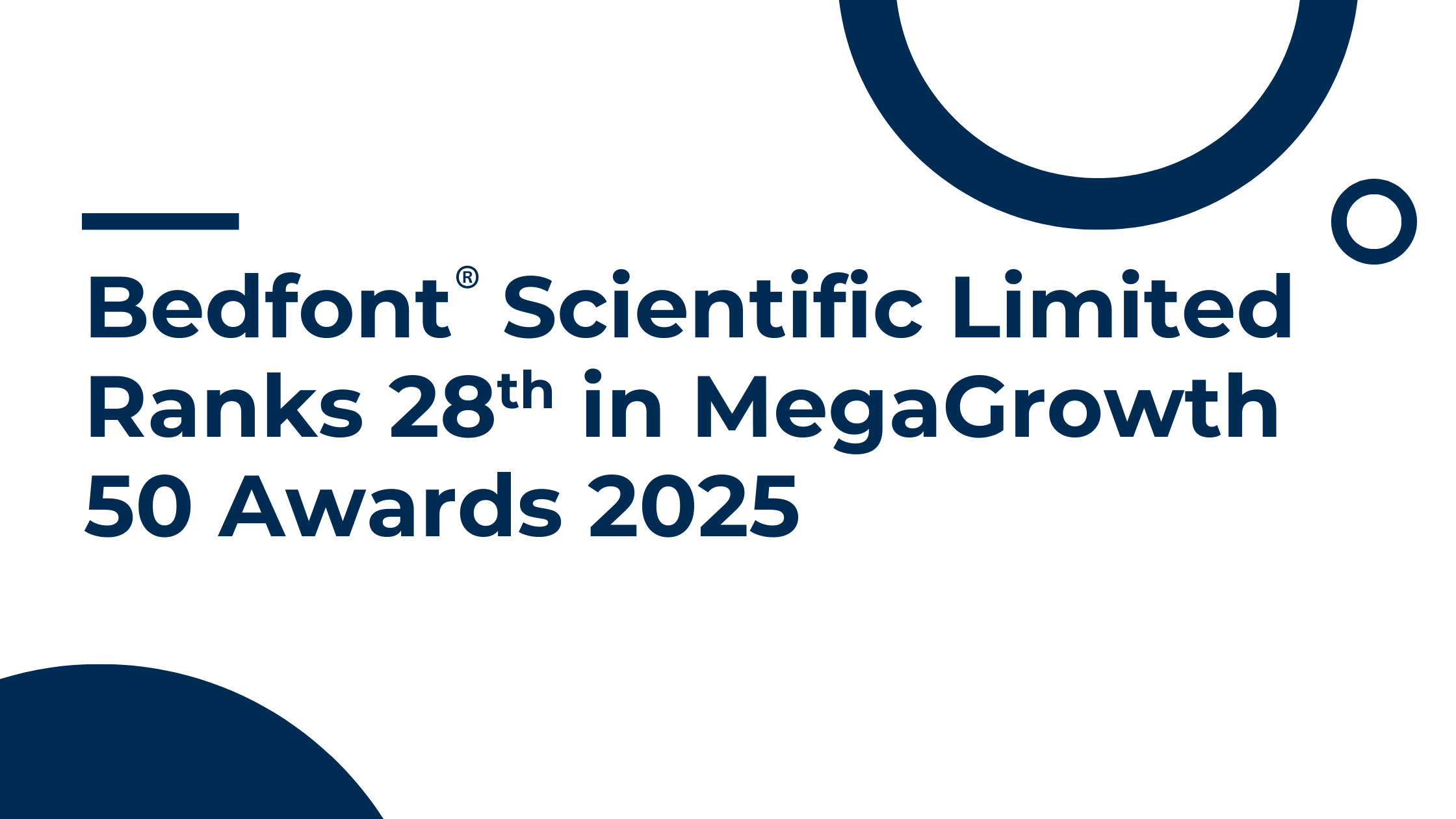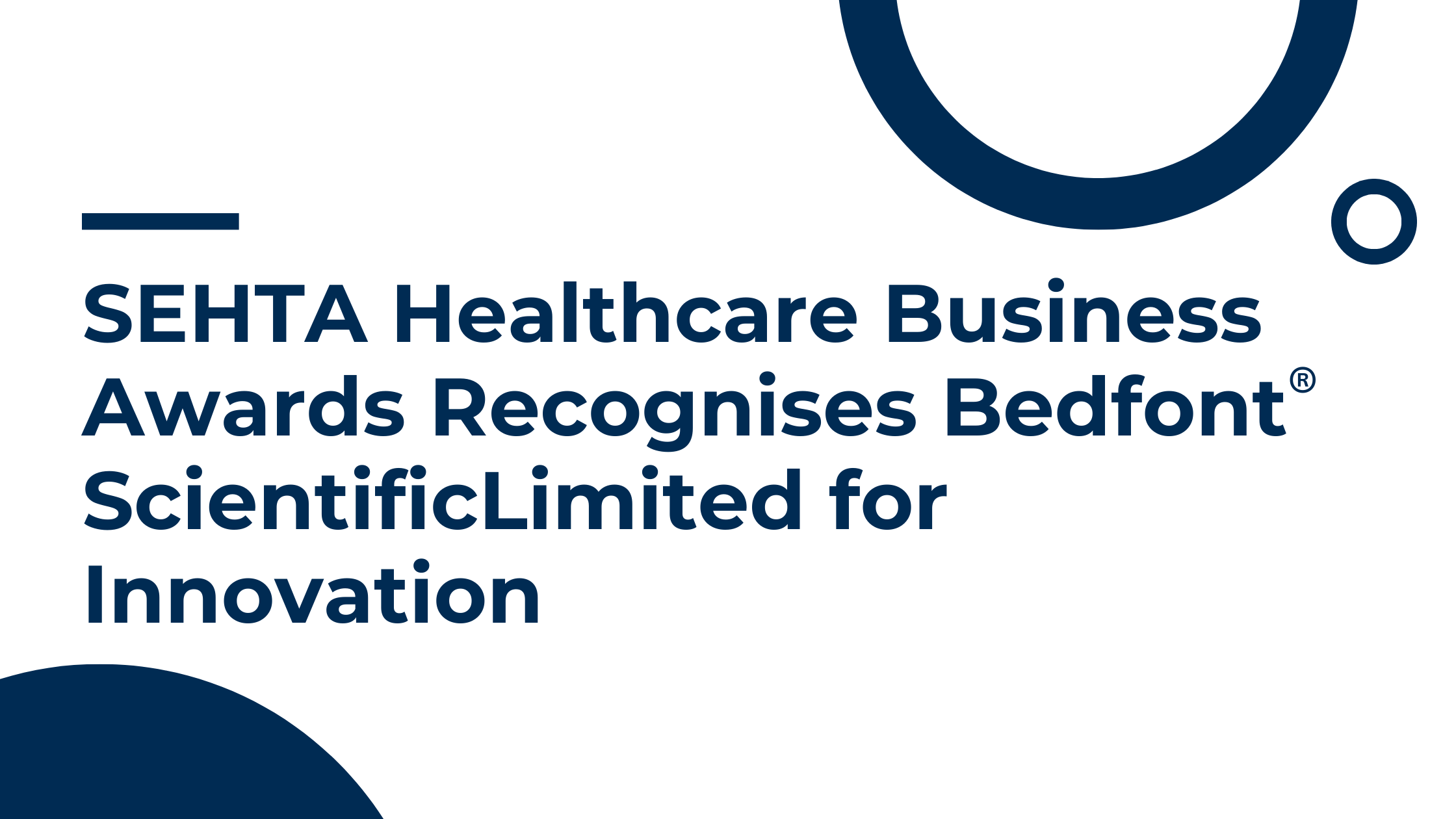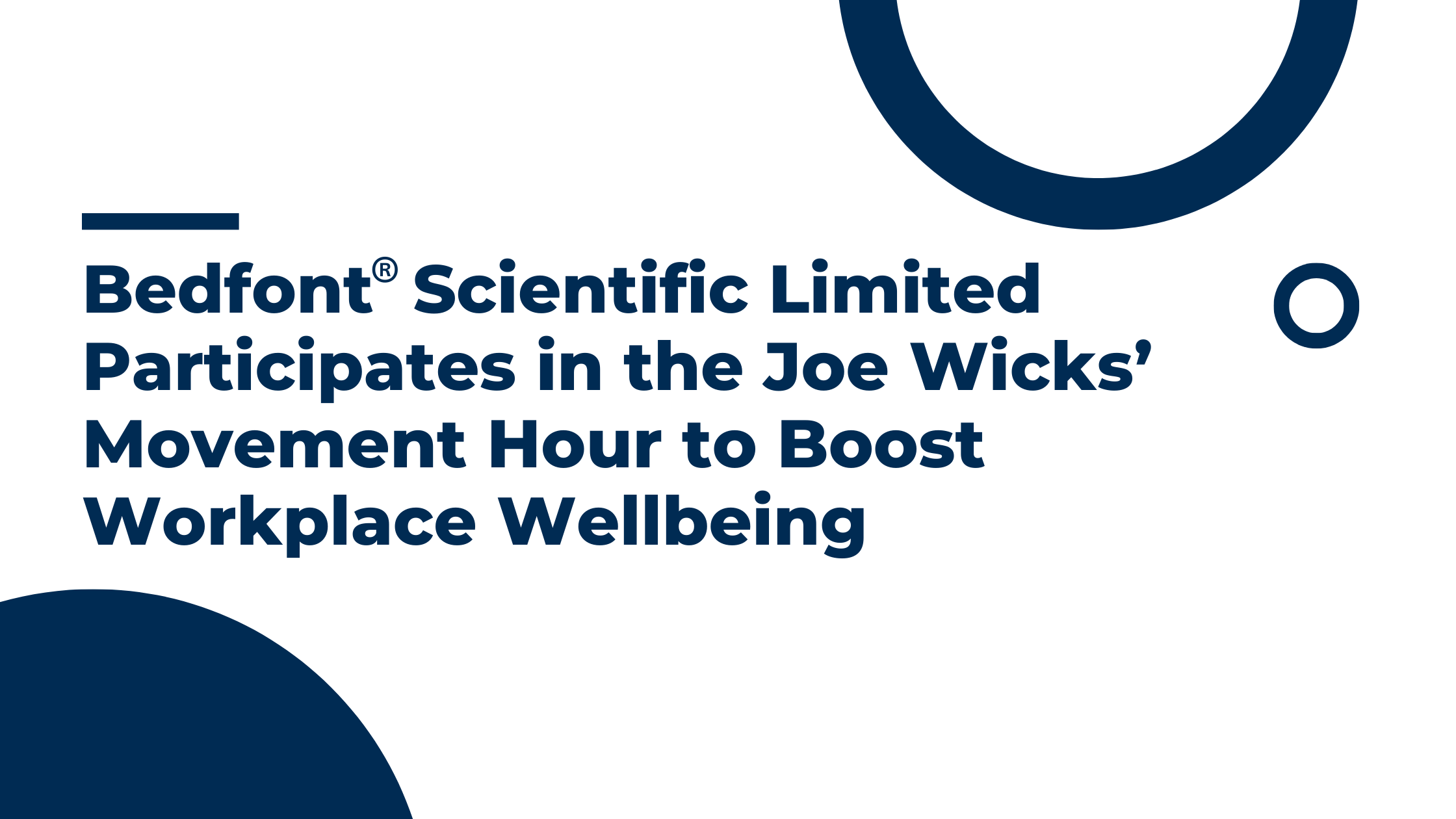World Health Day is celebrated annually on April 7th to recognise the World Health Organisation’s (WHO) founding in 1948. The day aims to raise awareness about global health issues and efforts to address them. In 2019, 262 million people worldwide had asthma, with 9.1% of those being children (aged 6-7)1, experiencing this chronic condition early in life.
What is World Health Day?
World Health Day educates people worldwide about critical health issues and promotes policies and initiatives that improve health access and quality. This is a global collaboration between governments, healthcare organisations and communities to work toward better health for all.
Each year, WHO selects a theme that reflects current and global health concerns. The theme for 2025 is “Healthy Beginnings, Hopeful Futures.” This year, the theme focuses on pregnancy and early-life health interventions, highlighting the importance of providing healthcare, education, and resources from infancy to ensure healthier futures.
World Health Day 2025 Theme: „Healthy Beginnings, Hopeful Futures“
Whilst the theme focuses on pregnancy and early life, this blog will look at the importance of an early asthma diagnosis in children, ensuring they grow up with fewer health complications.
What is asthma?2
Asthma is a chronic lung disease that causes inflammation in the airways, making breathing difficult. It can affect people of all ages and often begins in childhood. There is no cure, but simple treatments are available that can help keep the symptoms under control. Asthma does not have to impact a person’s life significantly.
Asthma is a combination of variable symptoms that may differ over weeks and months. The common
symptoms are:
- Wheezing
- Breathlessness
- Chest Tightness
- Coughing
Impact of asthma on children3
Asthma can significantly impact a child’s life. Symptoms can affect various aspects of life, including reduced physical activity, missed school days, anxiety, and stress.
There are triggers which can cause asthma symptoms in children. The most common are:
- Cigarette smoke
- Cold or flu
- Indoor and outdoor air pollution
- Allergies
- Cold, dry air
- Exercise

Every child is different, and triggers vary. Symptoms can sometimes happen hours after coming into contact with an asthma trigger, making it difficult to work out what has caused the symptoms. Once a trigger has been identified, it’s best to avoid them if possible.
The importance of an early diagnosis and monitoring
Diagnosing asthma early is essential; many children remain undiagnosed or misdiagnosed, which leads to uncontrolled asthma and worsening symptoms over time. In the UK, asthma is one of the top three causes of emergency admissions to hospitals, with 75% of these admissions being avoidable through the implementation of simple interventions such as regular asthma reviews, correct inhaler technique and having a written asthma action plan4.
Asthma diagnosis in children
Traditional asthma tests such as spirometry may not always be practical in young children because they often lack the cognitive ability to understand and perform the breathing manoeuvres needed for an accurate test. Due to its non-invasive nature, fractional exhaled nitric oxide (FeNO) testing is a great option for children to assist in an asthma diagnosis.
What is FeNO testing?

A FeNO test is a non-invasive way to detect airway inflammation, which is commonly found in allergic asthma. As standard, a small amount of nitric oxide is found in exhaled breath; when airways become inflamed, higher levels of nitric oxide are produced. Testing with a FeNO device like the NObreath® is quick and easy. Simply inhale following an on-screen countdown, then exhale into the device and receive an instant FeNO result. A FeNO test can provide a direct insight into airway inflammation, aiding in accurate diagnosis and tailored treatment plans.
FeNO testing in children
The British Thoracic Society (BTS), the National Institute for Health and Care Excellence (NICE), and the Scottish Intercollegiate Guidelines Network (SIGN) released a joint asthma guideline in November 2024, recommending FeNO testing as the first-line test for asthma diagnosis in children. The new NICE/BTS/SIGN guidelines state that children and young people (aged 5-16) with symptoms suggestive of asthma can have a positive asthma diagnosis if FeNO levels are 35 ppb or higher5. Catching inflammation early can prevent severe asthma attacks, leading to better long-term health. For more information on the updated asthma guidelines, read our article here.
The NObreath® FeNO device
The NObreath® is non-invasive, quick, and easy to use. Its bright, colourful case stands out, and the 10-second child patient mode makes it the perfect tool for FeNO testing in children. Following on-screen instructions, the child-friendly incentive screens ensure the test is performed correctly. Conforming fully to the joint BTS/NICE/SIGN, American Thoracic Society (ATS) and European Respiratory Society (ERS) guidelines, the NObreath® helps to identify airway inflammation, helping healthcare professionals determine the right treatment plan.

Conclusion
Asthma can affect a child’s physical health, education, and emotional well-being, but with an early diagnosis and correct management, children can lead healthy, active lives. On World Health Day 2025, let’s prioritise early asthma diagnosis and support children in having Healthy beginnings for hopeful futures.
For more information on the NObreath® and FeNO testing, visit the NObreath® website.
References
- The Global Asthma Report 2022 [cited 26/2/25] Available from https://globalasthmareport.org/burden/burden.php
- World Health Organization. Asthma [Internet]. World Health Organization. 2024. [cited 26/2/25] Available from: https://www.who.int/news-room/fact-sheets/detail/asthma
- Mayo Clinic Staff. Childhood asthma – Symptoms and causes [Internet]. Mayo Clinic. 2023. Available from: https://www.mayoclinic.org/diseases-conditions/childhood-asthma/symptoms-causes/syc-20351507
- Children and young people’s asthma fact sheet [cited 26/2/25] Available from https://www.transformationpartners.nhs.uk/children-and-young-peoples-asthma-fact-sheet/#:~:text=1%20in%2011%20children%20and,symptoms%20in%20the%20previous%20week.
- Asthma: diagnosis, monitoring and chronic asthma management (BTS, NICE, SIGN) [cited 26/2/25] Available from https://www.nice.org.uk/guidance/ng245/chapter/Recommendations





